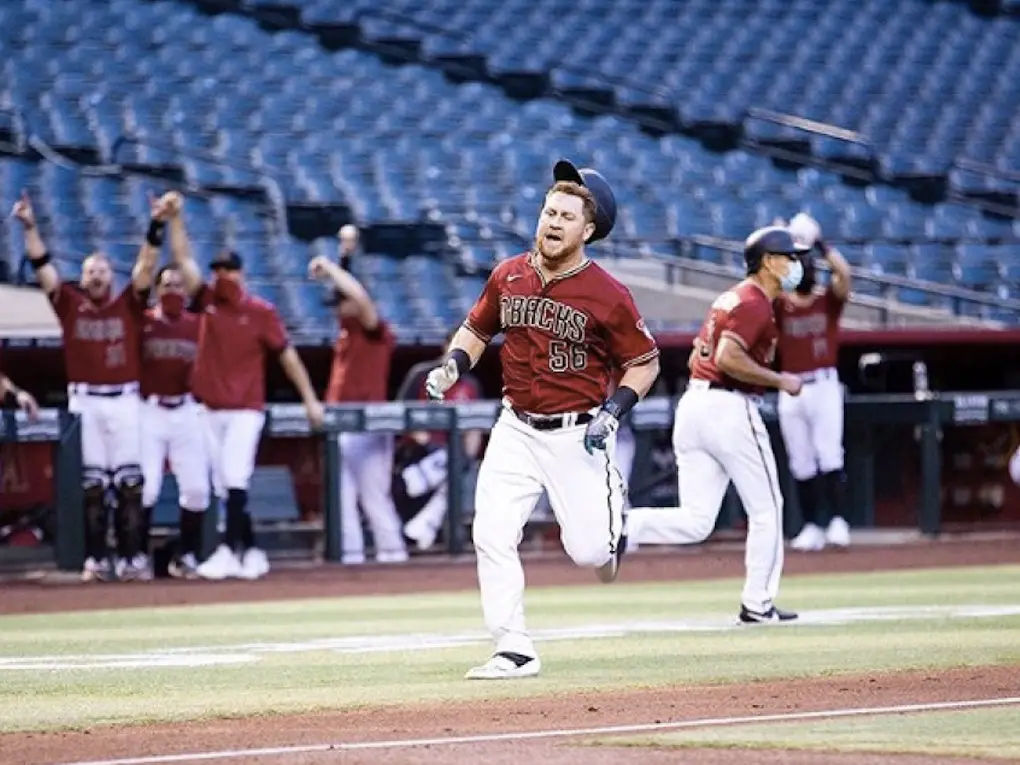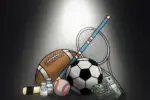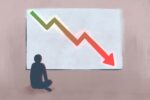Since the beginning of quarantine, sports fans have been itching for something to do. The reruns of previous games and documentaries were simply not cutting it. Many craved the experience of cheering on their favorite team in a stadium.
The NBA, MLB and countless other leagues created plans to get back to “normal” as quickly as possible. Unfortunately, as COVID-19 cases in California, Florida and Texas kept rising, the dreams of returning to that reality quickly faded away. What many thought was a solution to this problem quickly became a disaster.
Sports should never have started up again. Here is what we know so far.
What’s Happening in the World of Sports
On July 31, the National Basketball Association (NBA) returned with a 22-team playoff format in Orlando, Florida. Because all of the games are held in the same city, the NBA is limiting their players’ exposure to the virus by taking several safety precautions, like players showering at their hotels and not being allowed to have guests until the playoffs.
Major League Baseball (MLB) decided to have players practice and play games in their home cities and other cities for away games. Much like the NBA and other leagues, their COVID-19 plan includes temperature checks, testing and distancing.
“Already, players and coaching staff will be tested every other day,” said an MLB spokesperson. “And then there are social distancing measures, reinforced from lockers 6 feet apart to inactive players sitting in the stands to strict boarding and deplaning rules.”
On the college level, the National Collegiate Athletic Association (NCAA) will soon be rolling out their COVID-19 plans for the fall, as football has been confirmed, but other sports are still up in the air. They recommend that players not exercise if they feel ill and that shared equipment be sanitized with disinfectant before and after use.
With many sports organizations following CDC guidelines, why shouldn’t sports come back? The answer is far from simple.
How COVID-19 Spreads in Sports
Since the beginning of the pandemic, scientists have been working round the clock to best understand how the virus can be spread and ultimately cured.
The CDC found that “The virus that causes COVID-19 is thought to spread mainly from person to person, mainly through respiratory droplets produced when an infected person coughs, sneezes, or talks. These droplets can land in the mouths or noses of people who are nearby or possibly be inhaled into the lungs.”
Additionally, the CDC declared that close contact sports pose a great risk. Most contact sports require players to be within 6 feet of each other. When a player runs from home base to first or shoots a free throw, their sweat droplets fall on the field and often touch their teammates and opposing team players.
The health organization also stated that indoor sports, such as hockey, should focus more on conditioning instead of team-based practice — the opposite of what the NHL had planned for their season this year.
Some Players Are Quitting
With sports resuming, the most obvious drawback is that talented players have decided to opt-out of this year’s season. Mike Leake, the right-handed pitcher for the Arizona Diamondbacks, chose not to return for the 2020 MLB season after discussing it with his family. Leake is giving up his $5 million salary to do what he thinks is right.
With Leake’s earned run average (ERA) of 4.05, one of the highest in the league, his decision is a big hit to the Arizona team.
On the other hand, only a small number of NBA players have chosen to opt-out. Most have decided to return to the league.
Indiana Pacers’ point and shooting guard, Victor Oladipo, is the most high-profile player who didn’t return to the “bubble.” The first-round pick decided to use this season to rest by opting out of face-to-face interactions on the court.
Even NHL players are taking precautions to protect their health and their families. According to a recent Tampa Bay Times article, “Oilers defenseman Mike Green and Canucks forward Sven Baertschi on Saturday joined Flames defenseman Travis Hamonic among players choosing not to participate in the expanded 24-team playoffs.”
The game won’t be the same. Players from every corner are forfeiting their million-dollar contracts to stay behind the scenes, causing many fans to ask, “Is it really safe to come back?”
Some Cities Are at a Greater Risk
The problem with sports returning is that many U.S. cities where teams play are epicenters of the global pandemic.
On July 28, the Miami Marlins announced that all games were postponed until Sunday, August 2. After at least 17 team members (including players and coaches) tested positive for the virus, the organization’s management declared this was the safest practice.
“Given the current circumstances, MLB believes that it is most prudent to allow the Marlins time to focus on providing care for their players and planning their Baseball Operations for a resumption early next week,” the league said in a statement.
Miami has been one of the cities hit hardest by COVID-19. The city and the state of Florida have struggled to contain the spread — at one point, more than 15,000 cases were reported.
In the Midwest, the St. Louis Cardinals have also been affected by the novel coronavirus. On August 4, the team reported that 13 players and staff members tested positive.
“I am saddened to have tested positive for COVID-19, even after adhering to safety guidelines that were put in place,” stalwart catcher Yadier Molina said in a statement. “I will do everything within my power to return as soon as possible for Cardinals fans, the city of St. Louis and my teammates.”
The coronavirus pandemic has affected us all. It has disrupted our daily routines, and millions of Americans are facing job loss; a new normal has emerged. With the new normal comes the realization that we are going to have to give up some things for the time being.
I recently saw a commercial that said, “The sooner we are apart, the sooner we can get back together.” We are going to have to make compromises, even with sports, in order to get back to how things used to be.
















